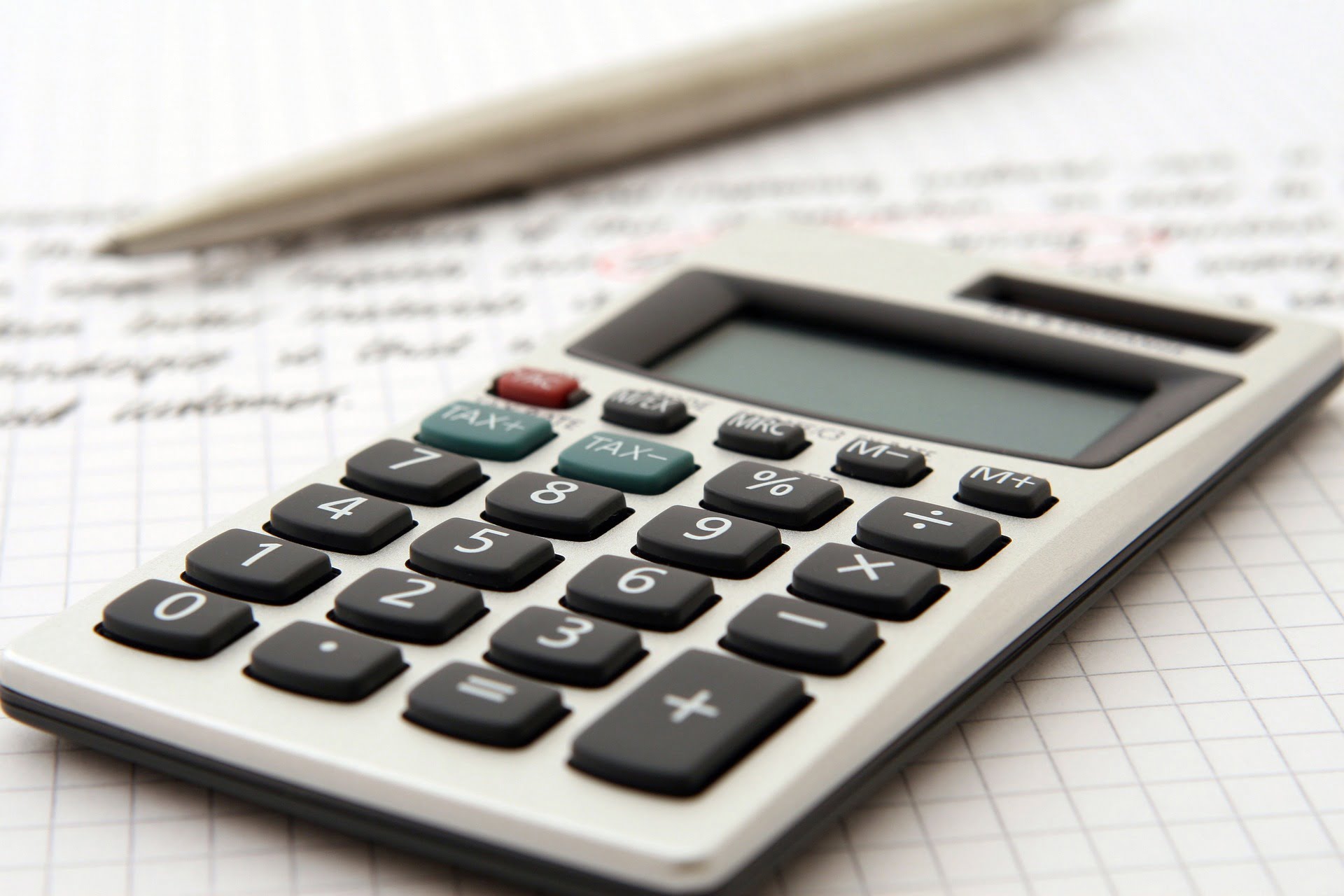If you’re an investor or property owner in a 1031 exchange, you know the importance of costs and expenses. Every property purchased will come with a whole range of expenditures, some normal and expected, and others completely unanticipated. From the purchase price to capital improvements, selling costs, and everything else, you need to know your numbers.
When exchanging through a 1031 exchange, these figures are especially important. At NNN Deal Finder, leading 1031 specialists have helped countless investors calculate the necessary numbers to maximize their income potential. If you want to learn more, give us a call and we’ll guide you through the process.
Your Investment Property Cost Basis Means Everything
Whether you’re looking at reputable brand-name commercial real estate, residential houses, apartment complexes, industrial factories, or sprawling farmland, your 1031 exchange cost basis is critically important.
Before you worry about any replacement property or relinquished property, before you initiate a sale or purchase, make sure you fully understand the cost basis.
Here are simple steps to calculating the cost basis in real estate so that you can sell and purchase the best property investment possible.
What is Cost Basis in a Real Property and Why Does It Matter?
Think of the general basis concept as the amount your real estate property is worth. As any tax professional or qualified professional will tell you, the ‘worth’ of this property is vital to your tax bill. You don’t want to make a mistake on those tax form fields!
Overall, the basis of the property consists of its purchase price, the costs of any capital improvement, and any taxable impact.
Both the basis and adjusted basis are useful because they help you calculate many other critical values.
You can use this cost basis or tax basis to determine the following:
- Amortization
- Depreciation
- Casualty losses
- Other gains and losses
Technically, the cost basis is simply the original value, or sales price, of the property. The adjusted basis is that basis once you’ve subtracted and added things such as tax deductions and capital improvement costs.
How Does a 1031 Exchange Adjusted Cost Basis Differ from a Standard Adjusted Cost Basis?
While these values are calculated in mostly the same way, there is one primary difference. The adjusted basis for a home on sale in a 1031-like-kind exchange must factor in the new property. A normal home sale does not require this calculation in its cost basis.
Because the 1031 exchange is a vehicle under the Internal Revenue Service (IRS) for exchanging a property sold for a newly acquired property, and because this mechanism may permit the investor to fully defer capital gains taxes, the adjusted basis must reflect this.
There are various important steps you must take to determine your adjusted basis before you’ve sold property and acquired property through a 1031 exchange.

Calculate The Depreciation Basis for the Property on Sale
As a short example, let’s assume the purchase price of the property you’re relinquishing is $500,000 with closing costs of $7,500. You will need to add these selling costs and capital improvement costs for the property, minus any depreciation claimed up to the exchange.
If you didn’t pay with cash and had to take out some mortgage amount, don’t worry. You will not have to factor loan costs in this calculation.
1. Add the Closing Costs and Capital Improvement Costs for Your Real Estate
$500,000 + $7,500 = $507,500
Next, add the capital improvement expenses. This could be for a new roof, garage, or major bedroom, kitchen, or bathroom renovation on the property. Anything that adds value to the net sale price and extends the life of the property may be a capital improvement. Minor repairs and maintenance, such as broken appliances, do not apply. Let’s say you’ve added a new roof to the property equating to $40k.
$507,500 + $40,000 = $547,500
If you’re unsure about what constitutes a capital improvement, you’re not alone. It can get a little tricky during a 1031 exchange, so consult an exchange specialist about any cash payment, cash received, or refinancing used on the building or land of your property.
2. Subtract Depreciation Claimed Prior to the 1031 Exchange
At an average rate of 3.636% for a residential property, the depreciation can be used over the property’s ‘useful life,’ which is up to 27.5 years. Taking this rate, multiply it by the purchase value of the property, $500,000.
This gives you $18,180 per year, or a total depreciation value of $90,900 over a five-year ownership:
$500,000 x .0363 = $18,180 (depreciation value over one year)
$18,180 x 5 years = $90,900 (depreciation value over five years)
Now subtract this $90,900 from the previous $547,500 basis of the property to get your depreciation basis:
$547,500 – $90,900 = $456,600
Now we can focus on the sale of this relinquished real estate and the basis of the other property. If you have any questions or concerns, don’t hesitate to reach out for tax advice about your sale and new purchase.

Calculate the Realized Amount and New Property Basis
The realized amount for the property sold (i.e., property relinquished) is calculated by taking the price you sell it at minus any costs to close. Let’s assume the previous property sells in the 1031 exchange for $550,000 with final costs of $50,000.
$550,000 – $50,000 = $500,000
Thus, $500,000 is the realized amount. If, in real life, you sell your investment property for less than its purchase price, you can deduct this recognized loss from capital gains tax into the future.
Now, let’s move on to the new property’s adjusted basis. Let’s assume the new property costs $600,000 with $25,000 in costs to close, for a basis of $625,000. From here, we can calculate the final basis.
Calculate the Final Basis in the 1031 Exchange
Since we now have all the figures we need, we can begin the calculations. Firstly, you want to subtract the relinquished property’s realized amount from the basis of the new property.
$625,000 (replacement property basis) – $500,000 (relinquished property basis) = $125,000
Take the $125,000 amount and add it to the relinquished property’s depreciated basis.
$125,000 + $456,600 = $581,600
This number is your new basis. Given that you’re in a 1031 exchange, you need to be mindful of any capital gain or cash received. Also, you may have to pay an exchange fee. This exchange fee ranges from $600 to $1,200 and covers the services of a qualified intermediary (QI).
Now let’s discuss your realized and recognized gains.
The Importance of Realized & Recognized Gain in a 1031 Exchange
The main reason investors use a 1031 exchange is to defer capital gains, depreciation recapture, and invest more profitably for the future. However, sometimes you may have to pay exorbitant taxes if you’re not careful.

What Is Realized Gain?
This is the amount an investor ‘gains’ by selling real estate. It is the net sale price – which is the sales price minus closing costs – less the owner’s adjusted basis. Once you’ve subtracted the basis from the net sale price, you basically come to what the investor originally paid for the property (minus depreciation deductions while owning it).
What Is Recognized Gain?
The taxable part of the realized gain is considered recognized gain. However, taxes on this gain can be completely deferred with a 1031 exchange. Without an exchange, the net cash received could be taxed to the sky. However, by taking the net cash received and reinvesting it completely in a replacement property, an investor can defer taxes on capital gains indefinitely.
Make The Most of Your 1031 Exchange in 2023
Are you looking to make smart, sound, and profitable investment decisions in the new year? Do you wish there was a way to significantly simplify the 1031 exchange calculations so that you could maximize your income potential while completely deferring capital gains taxes and depreciation recapture?
With the 1031 specialists of NNN Deal Finder, you can enjoy the best in brand-name commercial properties. Leave your complicated property calculations to the experts. Call today and start enjoying the robust, predictable cash flow you want.

